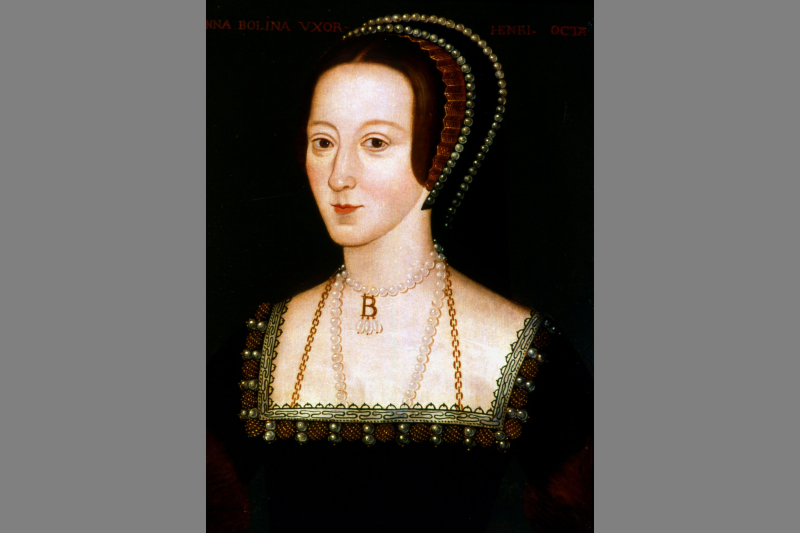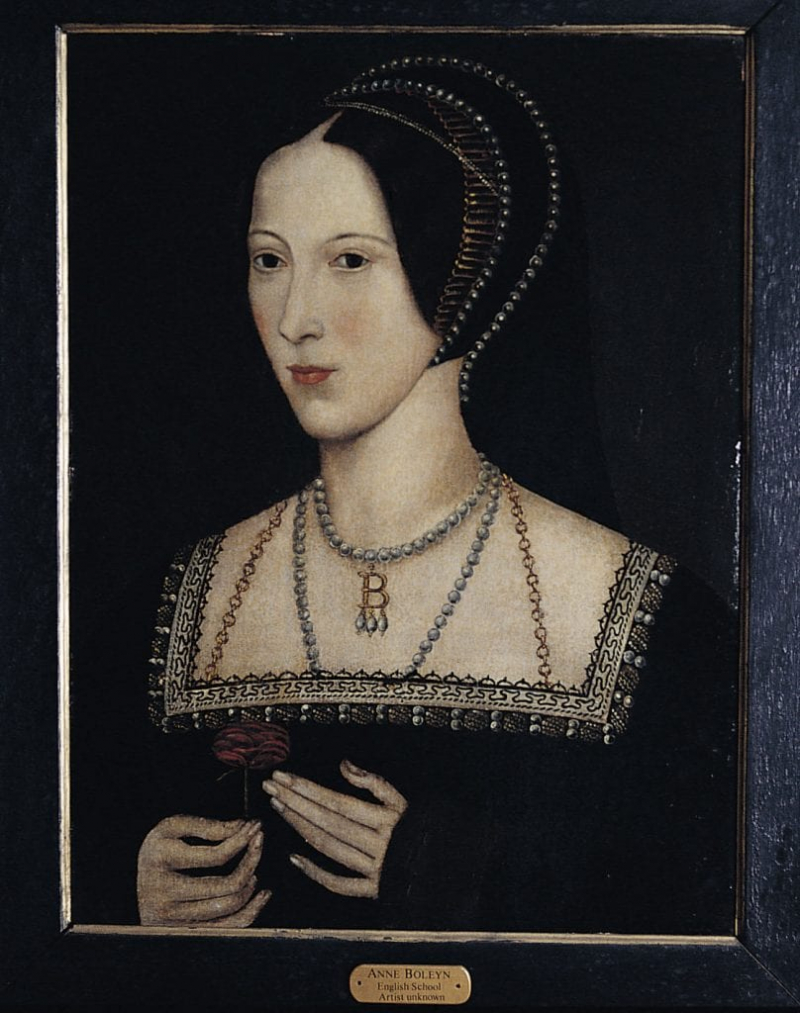Anne Boleyn
In her capacity as King Henry VIII's second wife from 1533 to 1536, Anne Boleyn ruled England. She became a pivotal figure in the political and religious upheaval that signaled the beginning of the English Reformation due to the circumstances surrounding her marriage and her beheading execution for treason and other offenses. The daughter of Thomas Boleyn, 1st Earl of Wiltshire, and Lady Elizabeth Howard, Anne received her education primarily as Queen Claude of France's maid of honor while living in the Netherlands and France.
Henry VIII started pursuing Anne in February or March of 1526. She refused to become his mistress, as her sister Mary had done in the past, and fought his attempts to seduce her. Henry soon concentrated his efforts on getting his marriage to Catherine dissolved so he could wed Anne. Wolsey was unable to convince Pope Clement VII to nullify Henry's marriage, and when it became clear that Clement would not do so, Henry and his advisors, including Thomas Cromwell, started the process of weakening the Catholic Church's influence in England and closing the monasteries and nunneries. Henry appointed Anne as the Marquess of Pembroke in 1532.
After being hitched in secret on November 14, 1532, Henry and Anne were legally wed on January 25, 1533. Henry and Catherine's marriage was ruled null and invalid on May 23, 1533, while Henry and Anne's marriage was deemed lawful five days later by Thomas Cranmer, the newly appointed Archbishop of Canterbury. On June 1st, 1533, Anne was crowned queen of England. She gave birth to the future Queen Elizabeth I on September 7. Henry expressed his affection for Elizabeth even though he was sad to have a girl instead of a son. After three additional miscarriages by Anne, Henry began dating Jane Seymour in March 1536. Henry had to come up with an excuse to divorce Anne in order to wed Seymour.














